When you first lay eyes on the Contax G series of cameras you’re going to wonder to yourself, what sort of camera are these? Are they rangefinders? Are they some kind of digital camera? A dressed-up point and shoot? Well the G Series is sort of both, well it certainly is not a digital camera. But it’s a rangefinder and a dressed-up point-and-shoot, in reality, it’s a camera that’s in a class all of its own, the Autofocus Rangefinder (AFRF). I don’t remember exactly what drew me to the G2 when I first got my hands on the camera back at the end of the first decade of the 21st-Century so right near the start of my return to film. And actually one of the first rolls of film I shot through the camera was my final roll of Kodachrome. The G2 quickly became the camera of choice when space was a sticking point, a camera to keep in the car, take on photo walks all culminating in my 2015 trip to Europe where I took one of my favourite photos that I’ve ever taken. And while I have since given up the G2 it will remain a touchstone camera within my own personal photographic journey.
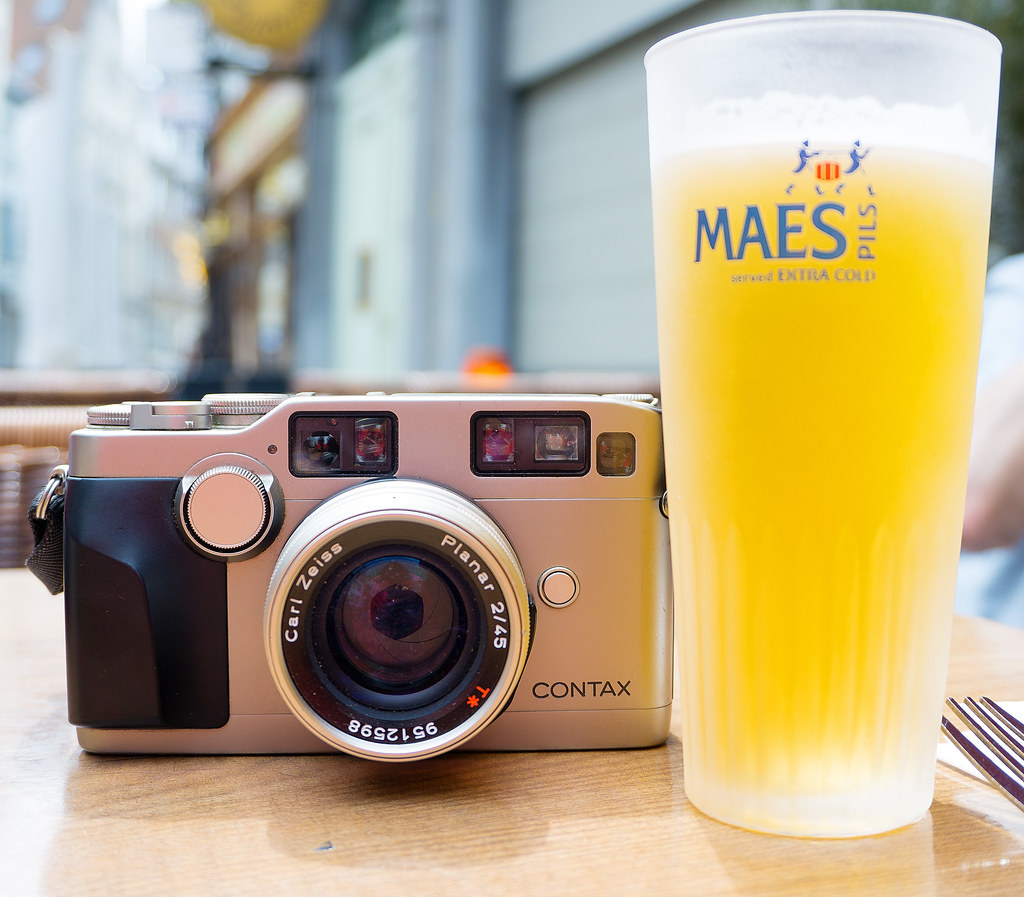
Camera Specifications
Make: Kyocera
Model: Contax G2
Type: Autofocus Rangefinder
Format: 135 (35mm), 36x24mm
Lens: Interchangeable, Kyocera G-Mount
Shutter: Electronic Metal Vertical Travel Focal Plane Shutter, 16″ – 1/6000″
Meter: TTL Meter, EV1 – EV19 @ ASA-100, ASA-6 – ASA-6400
Autofocus: Active & Passive Phase Dectection using infrared beam
Year of Manufacture: 1996-2005
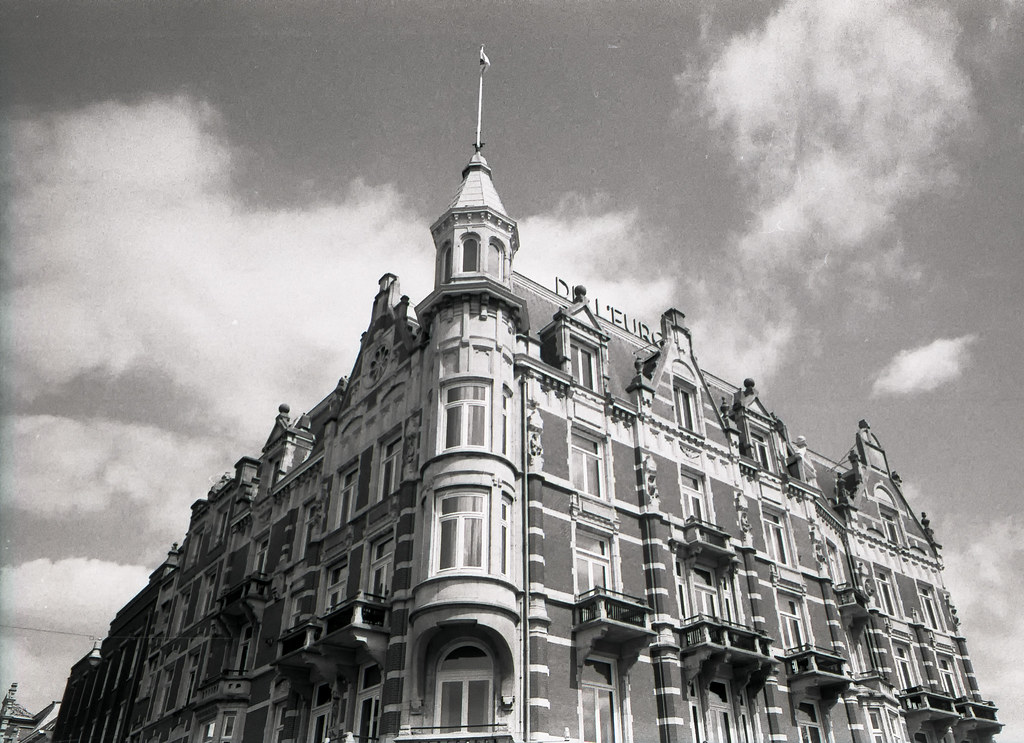
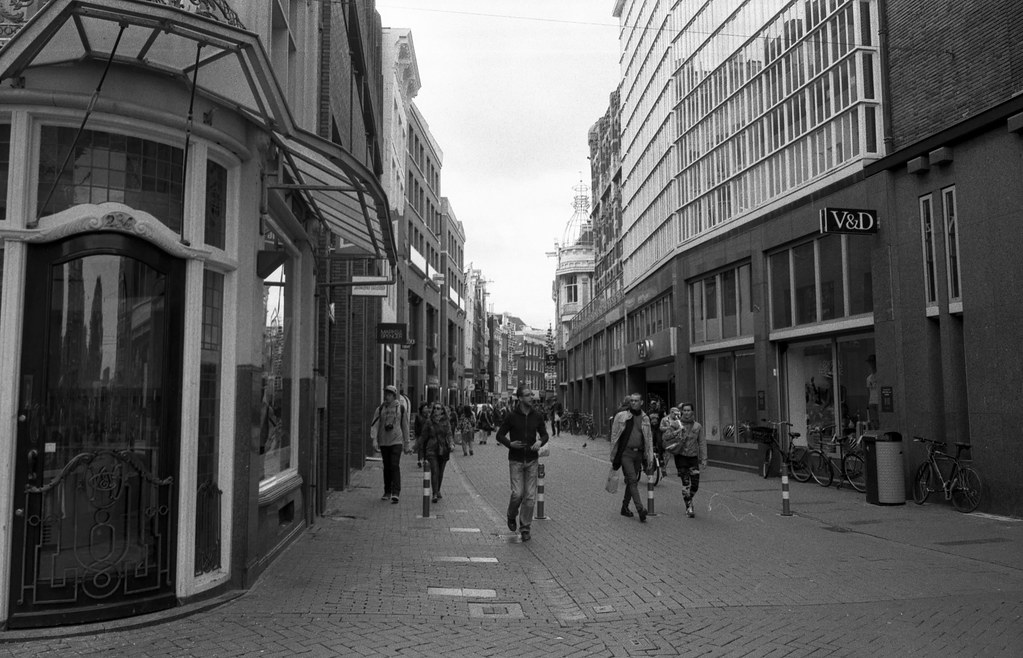
Background
Back in the 1990s when Kyocera decided to release a new series of cameras that took on the original Contax name, the Contax G-Series would be among three different cameras produced during the timeframe that leveraged the capacity to build Carl Zeiss autofocus lenses. The other two cameras in this lineup included the Contax N-1 and Contax 645AF. Their first attempt at a new class of rangefinder came in 1994 with the Contax G1. The G1 would win the Grand Prix award in Japan the same year. But they faced several issues with the camera with most of the complaints coming from the passive phase-detection autofocus system. Most coming from the slow speed and low light performance. When the G2 saw release in 1996, the G1 ceased production. The G2 carried over the same lens mount and the auto-adjusting viewfinder and basic form factor. Initially released only in the Titanium finish, in 1998 two black variants were released, simple paint or black chrome. The G2 fixed the autofocus issues by including twin ‘windows’ that fired off an infrared beam that bounced off the subject and then picked up by the phase-detection system combining both an active and passive AF system. Kyocera also boosted the top shutter speed to 1/6000th of a second and added a command dial on the front of the body, a nod to the early Zeiss Ikon Contax rangefinders. Kyocera also updated the two main accessories for the G2, the TLA200 flash and the GD-2 databack. The GD-2 allowed both the imprinting of date but also the exposure data in the film rebate. Despite the naysayers who decried the fact the camera did not use a mechanical rangefinding system the G-Series proved popular as a luxury camera item with the G2 clocking in at 2,245$ (USD) with the 45mm Planar lens in 1996. That’s about 3,500$ with inflation adjustment. In 2005 all production ceased when Kyocera ended production on all their camera systems.

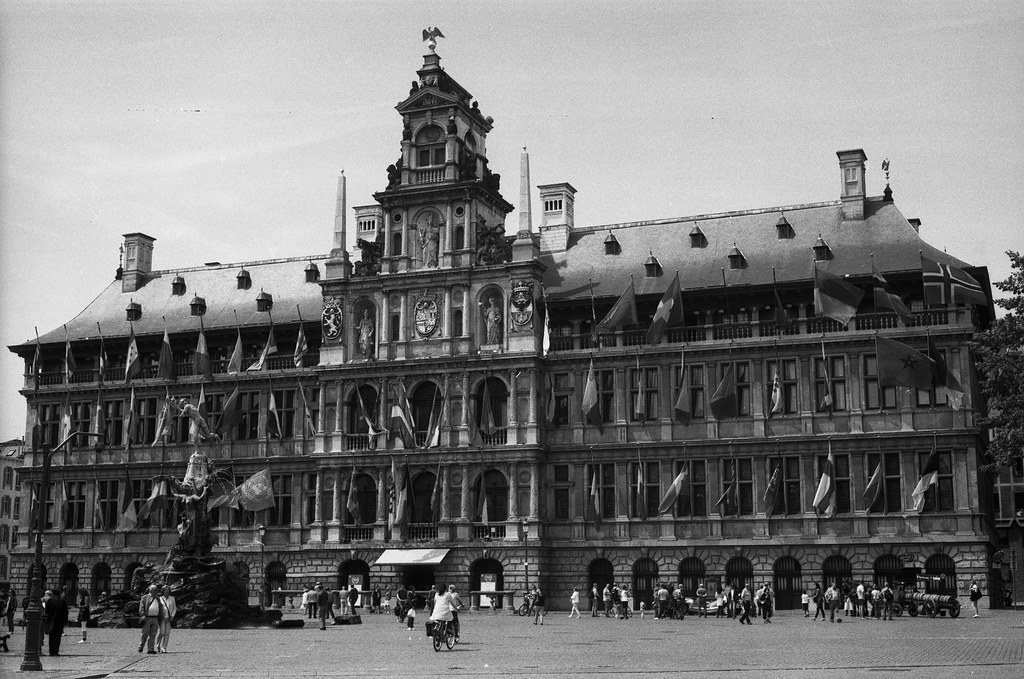
Impressions
Personally, I think the best finish to get a G2 in is the standard Titanium, it just oozes class. Not to mention the camera itself cuts a fine figure as there were only a few cameras in that age being produced, I’m thinking of course of the Consina Bessa rangefinders and the Epson RD-1. That said, the G2 is certainly not a small or subtle camera. And it does carry around a lot of weight and crams a lot of controls into the small form factor. Yet if you know how to operate a traditional rangefinder, the G2 will not be much of a stretch. The main group of controls are right around the shutter button which also has the on/off/mode switch, the shutter speed dial and EV adjustment. Focus modes are found on the back of the camera, and a small LCD screen helps with menu adjustments. A drive mode is on the opposite side and the focus/command dial is mounted on the front. There’s even an ‘action grip’ to help with the ergonomics. Making the camera rather comfortable to use over an extended day. Now there is a black version but you do have to be careful because there’s a painted version which can chip, but also a full finish which remains as robust as the titanium finish.
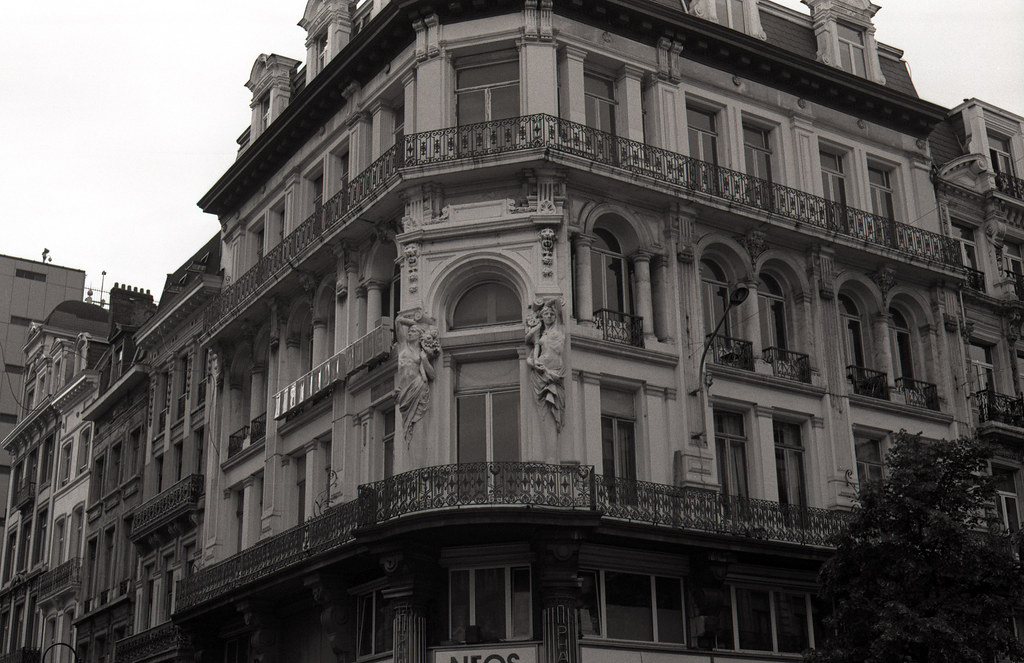

Experiences
For many years I rather enjoyed working with the G2. Not only because not many people used such a camera, but it gave me the feeling of working with a rangefinder with it not being a traditional rangefinder. So let’s deal with that elephant in the room first, once you switch the camera over to manual focus, you have to guess the focus, there’s no actual mechanical rangefinding function. Just use the front dial to guess the distance and the scale is found in the viewfinder. I rarely shot the camera on manual focus mode. The Autofocus on the G2 is okay, it’s not the best out there, thankfully it is far more accurate than the G1. I honestly only missed the focus a handful of times over the near two decades of use I got out of the camera. The viewfinder is decent and having it auto-adjust based on the lens focal length certainly added a touch of luxury. No need to worry about frame lines, but it also offered little in helping with parallax correction outside of simply adjusting its position. With a bit of practice, you do get used to composing your shots. Of course, this function only works with the 28-90mm focal length lenses with the 16mm and 21mm lenses needing hot-shoe mounted auxiliary finders. You also will have to watch out when you’re taking the camera in and out of the bag, the power switch, EV adjustment, and drive switches are easily tripped while the camera is being put into and pulled out of your bag. So it’s good to do a quick check before starting to photograph. Loading the camera is easy and unloading you can set the camera to leave the tail out of the canister. I didn’t see this function again until I reviewed the Nikon F6 and Minolta Maxxum 7 and 9. The camera does have a bit more weight to it than what you’d expect but with a good strap, it can be carried all day without it weighing you down too much.


Optics
The G2 optics were my first experience with license-built Carl Zeiss lenses. And you know what, I cannot tell the difference image quality wise between the German-made and Japanese-made lenses. So when you see the names like Planar, Sonar, and Biogon on the lenses, you can trust they will live up to their names. These lenses also feature the T* coating which only adds to their performance. If you’re familiar with the Canon FD breech lock system, then running the G-Mount will be familiar complete with the collar lock function. I actually find the system rather secure to work with as you’re not twisting the whole lens or figuring out if you mounted it right, just line up the dots and then twist. As an added security function, the camera does have a lens release button. Like Nikon, the G2 relies upon direct coupling to drive the autofocus functionality with the AF motor being in the camera body. If you are looking for lenses there are plenty to choose from, from a Hologon 16mm f/8 to a Sonnar 90 f/2.8 and everything in between. Kyocera also released a Vario-Sonnar 35-70 f/3.5-5.6 but that never received praise. If you are looking for a good kit, I recommend the Biogon 28/2.8, Planar 45/2, and Sonnar 90/2.8.

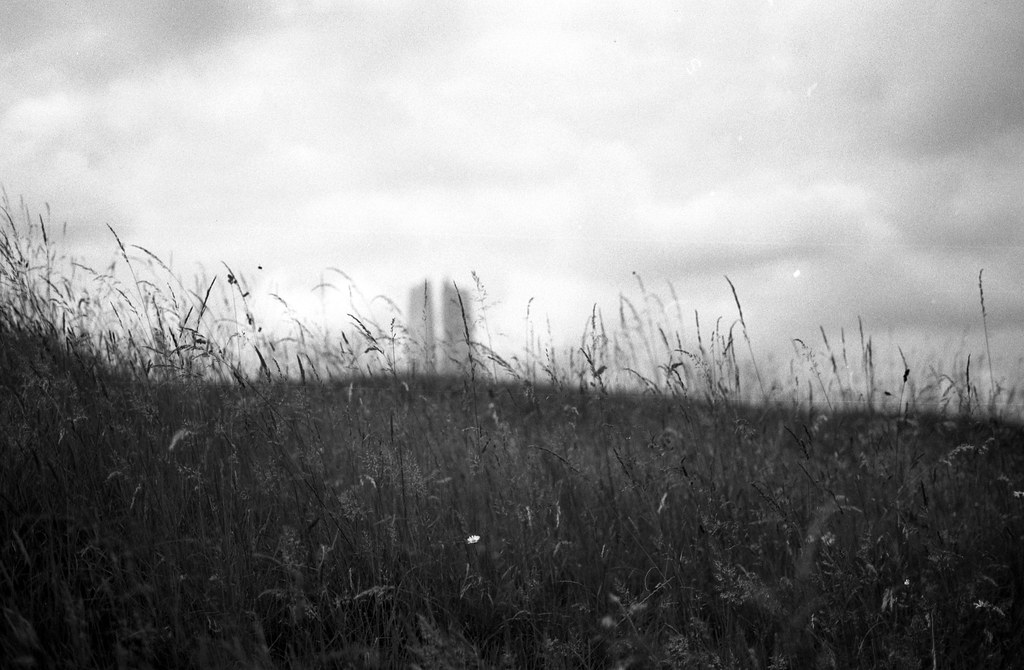
Lowdown
It’s funny, after nearly two decades of use, I slowly started to stop using the G2, it just sat up on my shelf until recently when I was packing for a photo walk. I thought to myself, I should bring the G2 along, having not used the camera since February 2019. Yet, when I picked up the camera, I went ‘I don’t think I like you anymore’ and have since divested myself of the kit. But that’s not because the G2 is a bad camera, in fact, it’s one of the few rangefinder cameras I actually got along with for a long period of time. As a compact travel camera, it’s great, it takes a beating and keeps going. Because goodness knows, my G2 went onto the field of battle at the 200th Anniversary of the Battle of Waterloo, hiked up Vimy Ridge, went a bridge too far, and took the photo that would change my whole life. The optics are fantastic, and live up to the Zeiss name on the lenses. However, these are not perfect cameras, once they die, they’re dead, not many people can or will repair the Kyocera cameras, outside of basic cleaning and maintenance. They also still command a high price on the used market, you’re looking at 1,500-2,000$ and that’s often for the body alone but sometimes with a lens. There are some deals to be had, one of my searches turned up a complete three-lens kit for 2,700$. Also be sure to carry extra batteries along, they take a pair of CR123a, and can chew through them with extended use, I was lucky enough to find a camera store in Europe that carried the batteries when I went through both the pair I had in the camera and my two spares for my three week trip to Europe. Honestly, I don’t regret divesting myself of my G2, I don’t miss it at all.


Further Reading
Don’t just take my word on the Contax G2, you can check out the reviews by other awesome camera reviewers!
Japan Camera Hunter: Camera Geekery Contax G2
B&H Explora – Camera Review Contax G2
35mmc – Contax G2 Review
Ken Rockwell – Contax G2
Casual Photophile – Contax G2 Review
Quroscuro – Contax G2 Old School 35mm Review
2 Comments